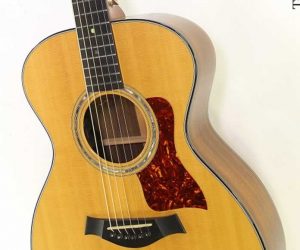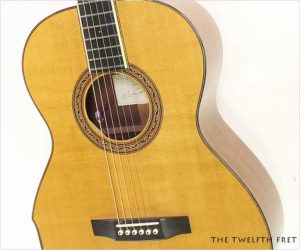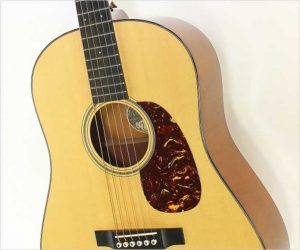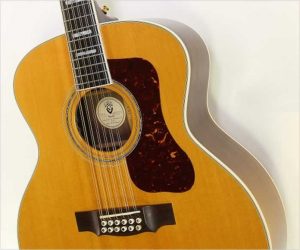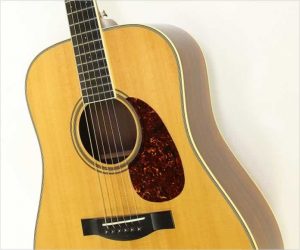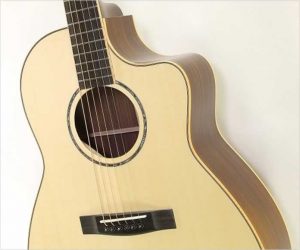Here’s a lovely Taylor 712 from 1997, before pickups were stock, and it’s a very nice guitar for fingerstyle playing – well rounded with full, evenly balanced tone. The Taylor 712 in this form is no longer available. The 712 is now mostly presented as the Taylor 712 ce, for Cutaway Electric, and most often in 12-fret neck format, with slotted peghead. However, the construction has the same basis in the Grand Concert body, roughly equivalent to a Martin OOO body size. It features a Sitka Spruce top paired with Indian Rosewood for the back and sides, Mahogany for the body blocks, linings and neck, and Ebony for the bridge and bound fingerboard.
This instrument has sold
MORE →